Common Sugarcane Diseases: What’s Wrong With My Sugarcane
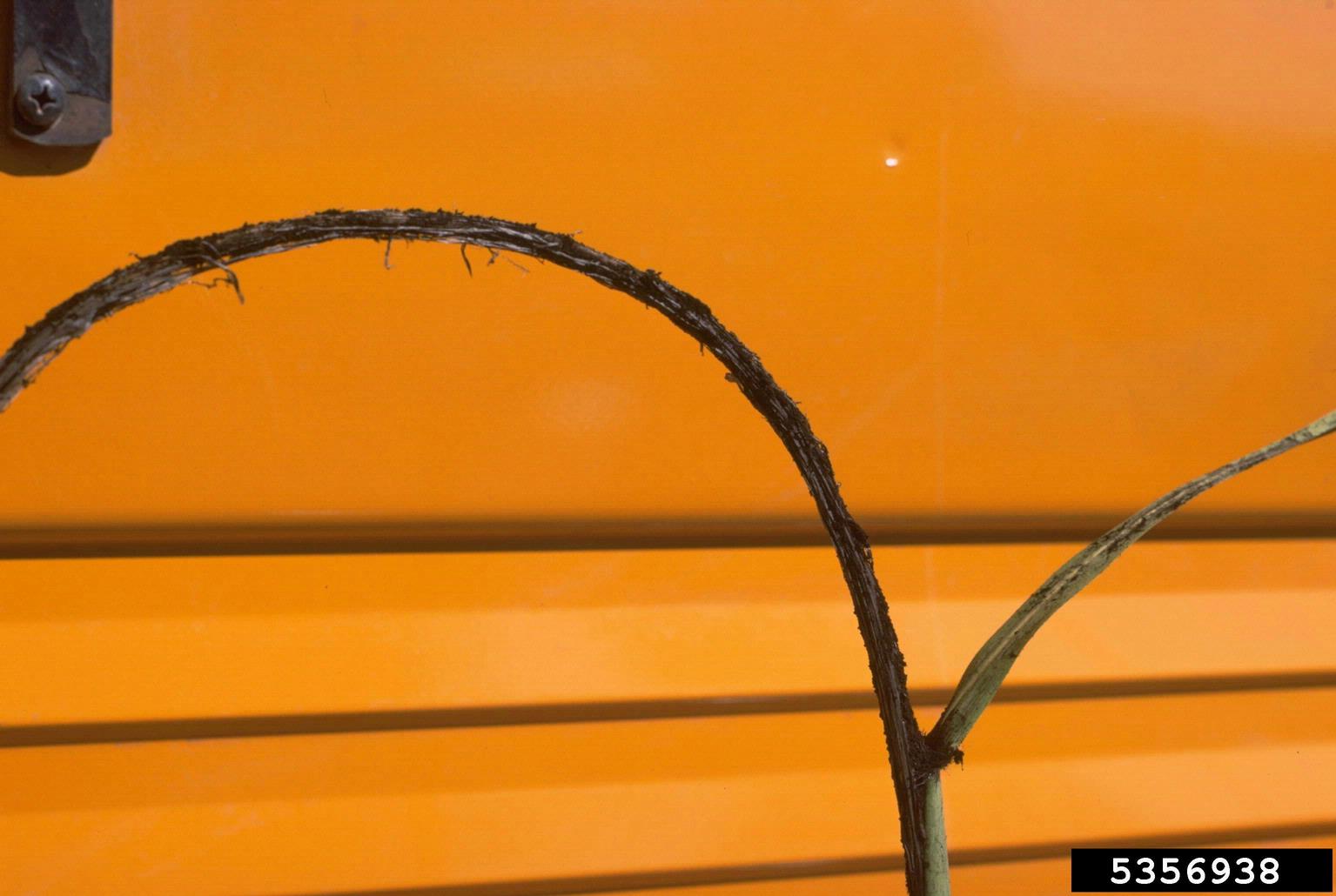

Sugarcane is grown primarily in the tropical or subtropical areas of the world, but it is suitable for USDA plant hardiness zones 8 through 11. Although sugarcane is a hardy, prolific plant, it can be plagued by a number of sugarcane diseases. Read on to learn how to identify several of the most common.
Signs of Sugarcane Disease
Is my sugarcane sick? Sugarcane is a tall perennial grass with thick canes and feathery tops. If your plants are displaying slow or stunted growth, wilting, or discoloration, they may be affected by one of several sugarcane diseases.
What’s Wrong with My Sugarcane?
Red Stripe: This bacterial disease, which shows up in late spring, is indicated when leaves show distinctive red streaks. If red stripe affects individual plants, dig them up and burn them. Otherwise, destroy the entire crop and plant a disease-resistant variety. Be sure the soil drains well. Banded Chlorosis: Caused primarily by injury due to cold weather, banded chlorosis is indicated by narrow bands of pale green to white tissue across the leaves. This disease of sugarcane, while unsightly, usually doesn’t do significant damage. Smut: The earliest symptom of this fungal disease, which shows up in spring, is grassy shoots with small, narrow leaves. Eventually, the stalks develop black, whip-like structures and spores that spread to other plants. If individual plants are affected, cover the plant with a paper sack, then carefully dig it up and destroy by burning. The best way to prevent smut is by planting disease-resistant varieties. Orange Rust: This common fungal disease shows up by tiny, pale green to yellow spots that eventually enlarge and turn reddish brown or orange. The powdery orange spores transmit the disease to uninfected plants. Fungicides may help if applied consistently at three week intervals. Pokkah Boen: A relatively insignificant fungal disease, pokkah boen shows up with stunted growth, twisted, crumpled leaves, and deformed stems. Although this sugarcane disease can cause plant death, the sugarcane may recover. Red Rot: This fungal sugarcane disease, which shows up in midsummer, is indicated by withering, red areas marked with white patches, and an alcohol smell. Dig and destroy individual plants, but if the entire planting is affected, destroy them all and don’t replant sugarcane in the area for three years. Planting disease-resistant varieties is the best prevention.
Gardening tips, videos, info and more delivered right to your inbox!
Sign up for the Gardening Know How newsletter today and receive a free copy of our e-book "How to Grow Delicious Tomatoes".

A Credentialed Garden Writer, Mary H. Dyer was with Gardening Know How in the very beginning, publishing articles as early as 2007.
-
 Get Ready For A Summer Of Hummers! Grow These Full Sun Hummingbird Plants and Flowers
Get Ready For A Summer Of Hummers! Grow These Full Sun Hummingbird Plants and FlowersIf you’re lucky enough to enjoy a sunny backyard, make sure you are maxing out on your pollinator opportunities and grow these full sun hummingbird plants and flowers
By Tonya Barnett
-
 12 Lush Alternatives To A Lawn For Sustainable Spaces
12 Lush Alternatives To A Lawn For Sustainable SpacesAlternatives to a lawn are beautiful and also beneficial to your local ecosystem and its pollinators. Explore our top picks for plants to replace grass.
By Tonya Barnett
-
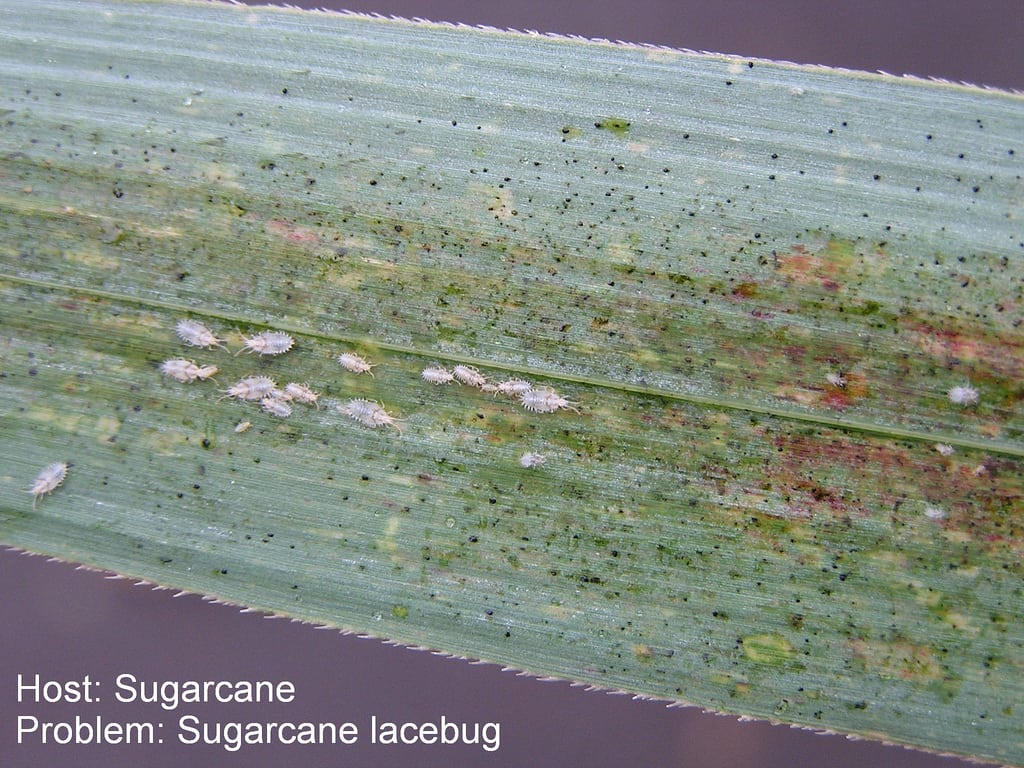 Sugarcane Insect Control – How To Deal With Sugarcane Plant Pests
Sugarcane Insect Control – How To Deal With Sugarcane Plant PestsLike any commercial crop, sugarcane does have its share of pests that can sometimes cause significant crop loss in sugarcane fields. And if you grow sugarcane plants in the home garden, they may affect yours too. Click here to learn about common pests of sugarcane.
By Darcy Larum
-
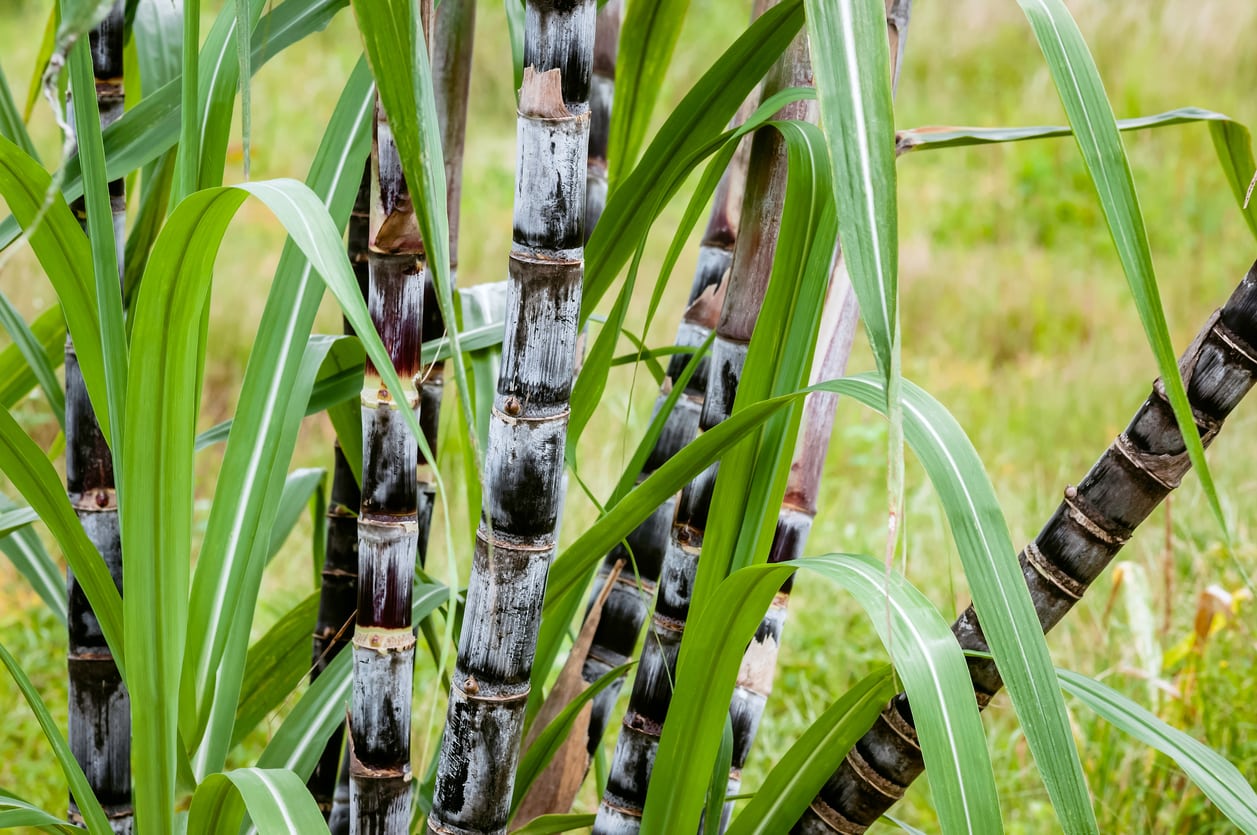 Cold Hardy Sugarcane Plants: Can You Grow Sugarcane In Winter
Cold Hardy Sugarcane Plants: Can You Grow Sugarcane In WinterSugarcane is an incredibly useful crop. Native to tropical and subtropical climates, it does not usually fare well in cold temperatures. So what’s a gardener to do when growing sugarcane in a temperate zone? Learn about sugarcane for cool climates here.
By Liz Baessler
-
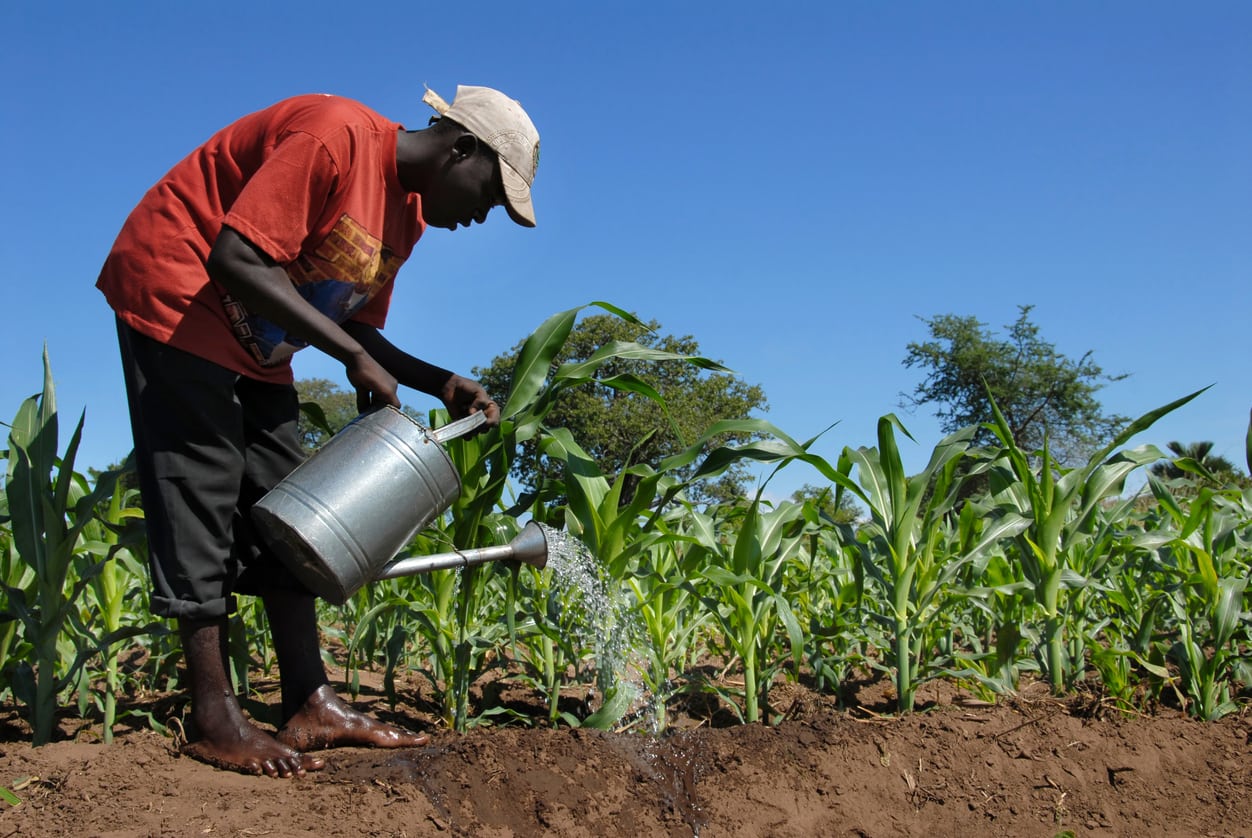 Sugarcane Water Needs – How To Water Sugarcane Plants
Sugarcane Water Needs – How To Water Sugarcane PlantsYou may have tried growing sugarcane, and probably realized it can be a water hog. Sugarcane water requirements is an important aspect of meeting the proper growth and care of your plants. Click here to learn how to water sugarcane plants efficiently.
By Darcy Larum
-
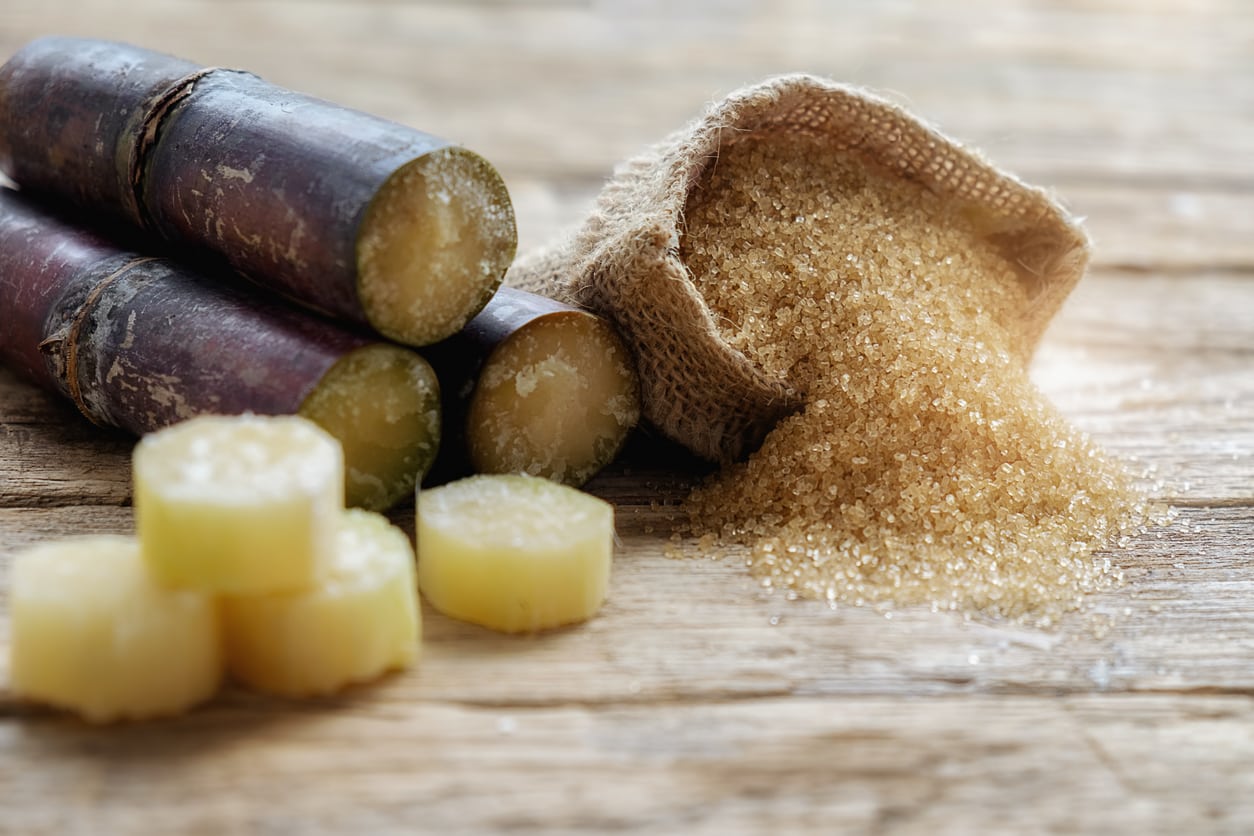 Sugarcane Benefits: What Is Sugarcane Good For
Sugarcane Benefits: What Is Sugarcane Good ForWhat is sugarcane good for? Most often grown on a commercial scale, you can grow it in your garden too. Enjoy a pretty, decorative grass, a natural screen and privacy border, and the sweet juice and fiber from harvested canes. Learn more in this article.
By Mary Ellen Ellis
-
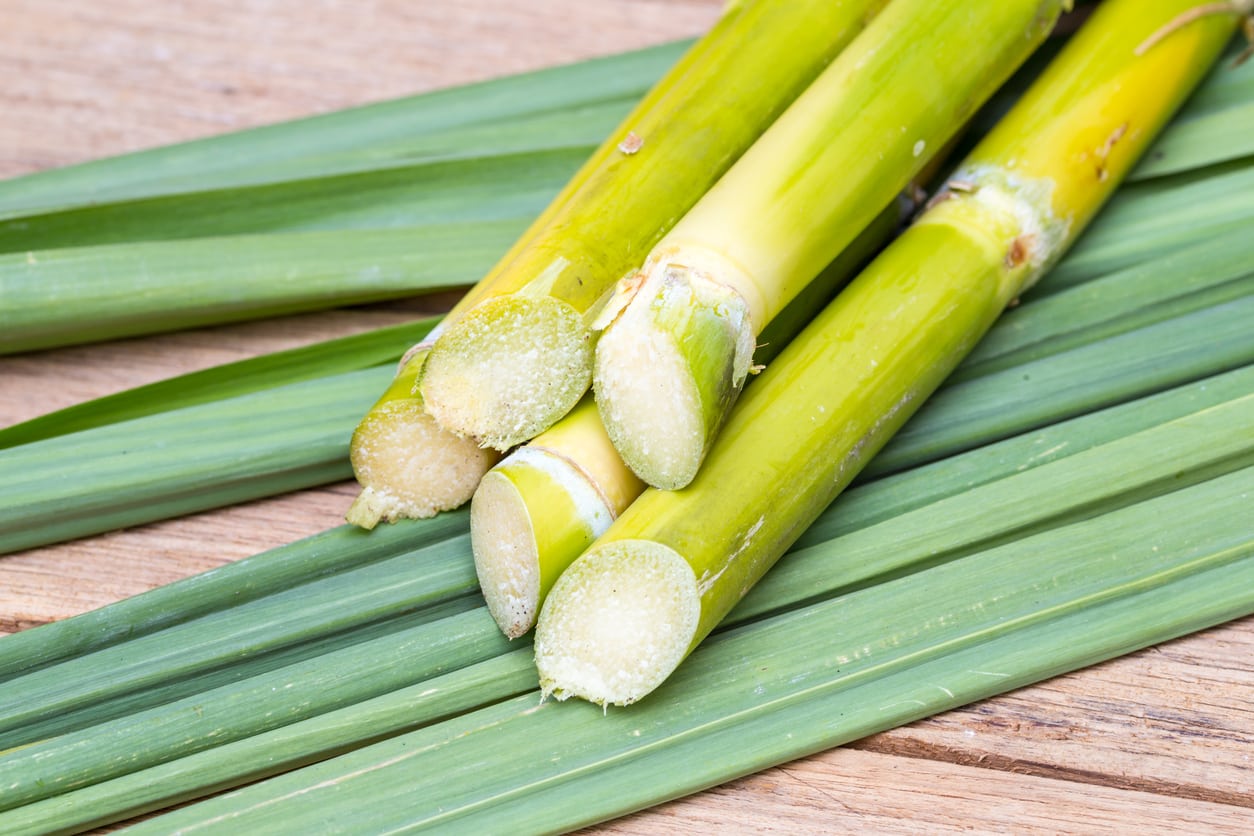 Common Sugarcane Varieties: Learn About Different Sugarcane Plants
Common Sugarcane Varieties: Learn About Different Sugarcane PlantsGrowing sugarcane is most often a commercial affair, but home gardeners can also enjoy this sweet ornamental grass. If you live in a warm climate, you can grow sugarcane varieties in your garden beds. Learn about the differences between sugarcanes in this article.
By Mary Ellen Ellis
-
 Cutting Back Sugarcane: Do You Need To Prune Sugarcane
Cutting Back Sugarcane: Do You Need To Prune SugarcaneGrowing sugarcane can be fun in the home garden. There are some great varieties for good decorative landscaping, but these plants also produce actual sugar. To enjoy a pretty plant and a sweet treat, know when and how to cut and prune your sugarcane. Learn more here.
By Mary Ellen Ellis
-
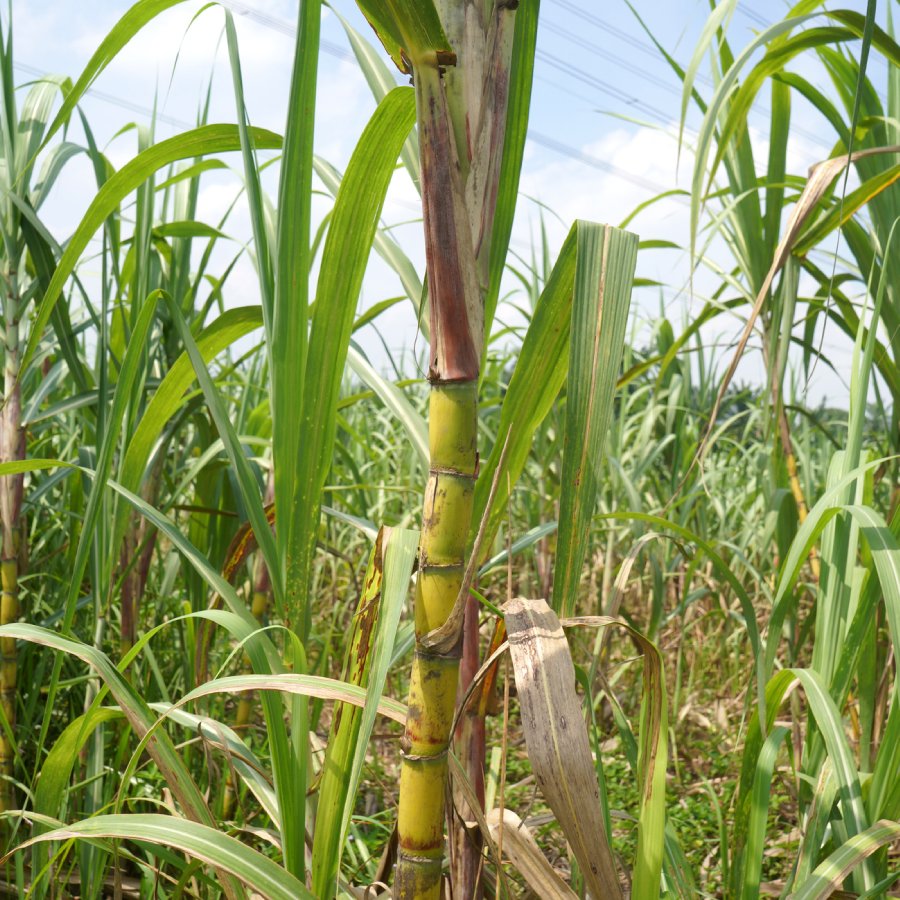 How To Fertilize Sugarcane – Tips For Feeding Sugarcane Plants
How To Fertilize Sugarcane – Tips For Feeding Sugarcane PlantsBy Bonnie L. Grant
-
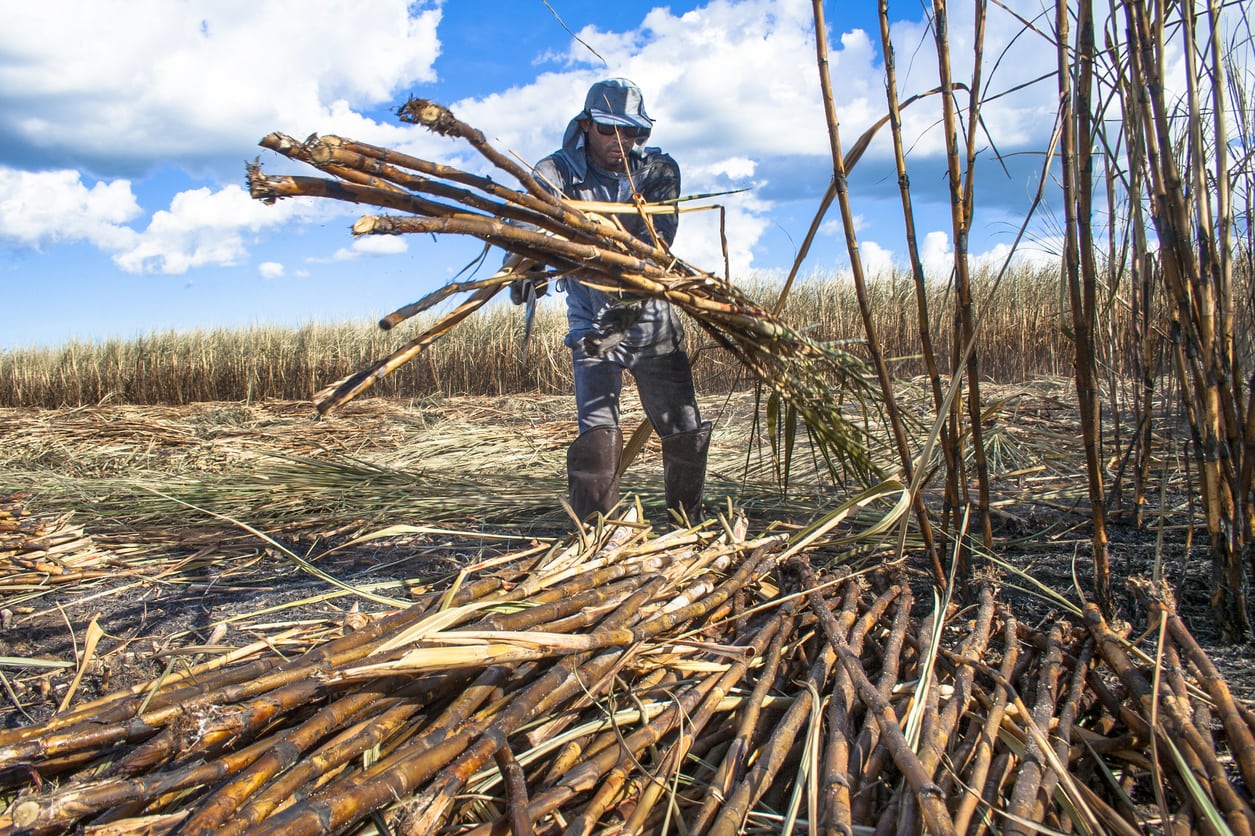 Sugarcane Harvest Guide: Learn When To Harvest Sugarcane Plants
Sugarcane Harvest Guide: Learn When To Harvest Sugarcane PlantsIf you are lucky enough to live in a warm enough zone, you may be trying your hand at growing sugarcane. If all is going well, the next questions are when and how do you harvest sugarcane? Click here to find out about harvesting sugarcane plants.
By Amy Grant